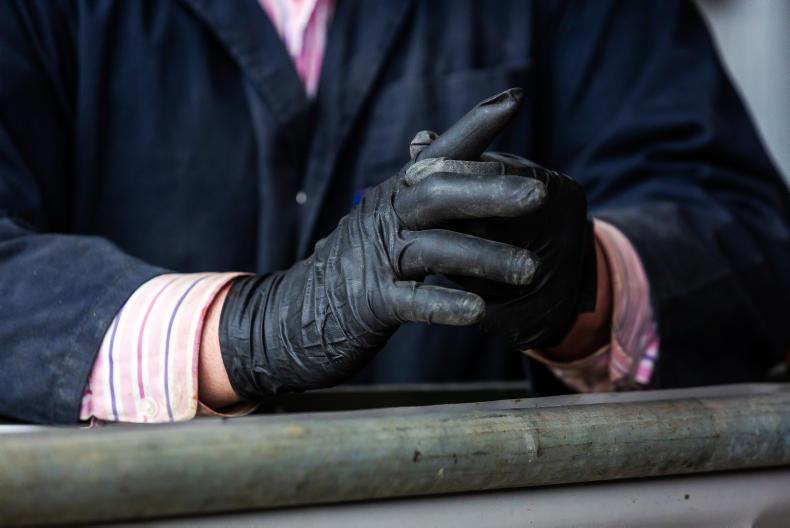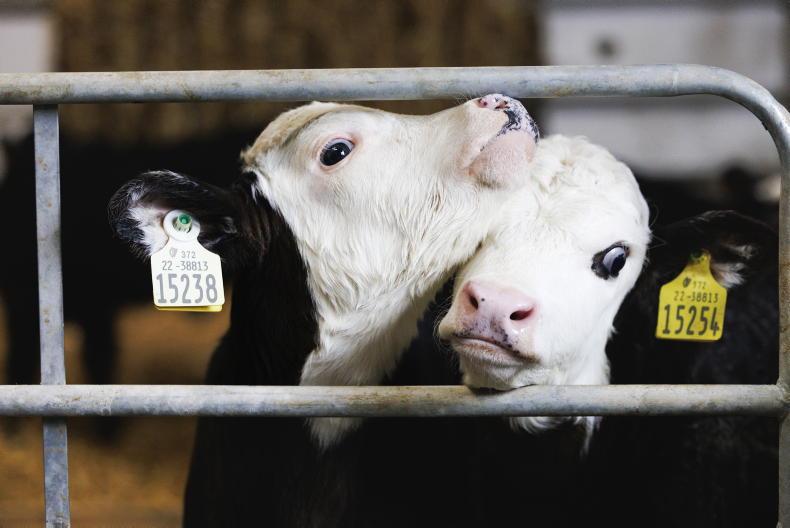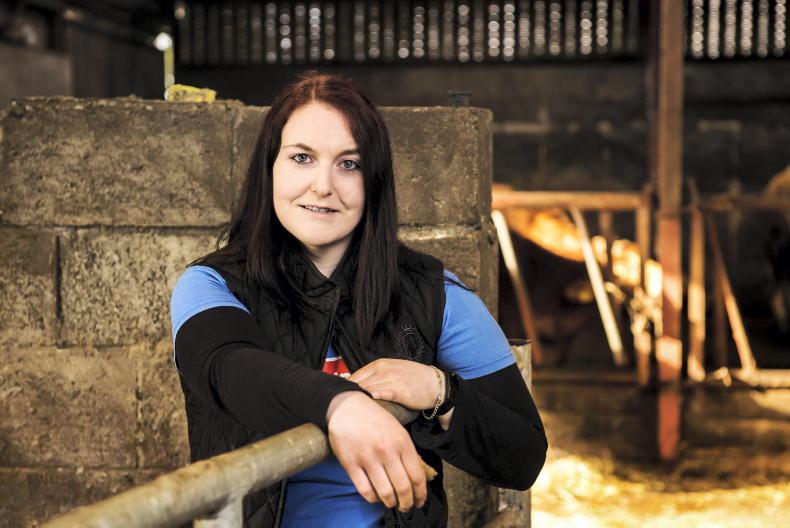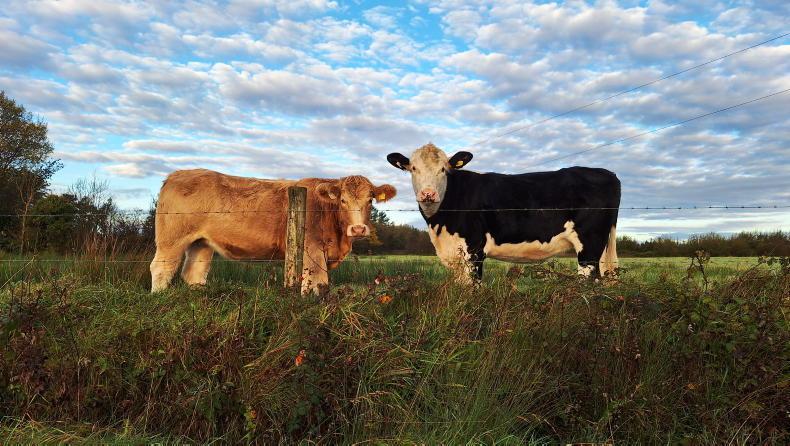The announcement that marts can start trading again has been welcomed by farmers and mart managers. There was massive disappointment last week when they were asked to close after many had put in huge efforts to follow guidelines.
This morning’s announcement paves the way for trading, albeit in a different format.
How will it work?
The Department of Agriculture will issue guidelines to all marts on how they should operate as soon as possible.
This will include guidelines on social distancing, protecting staff and limiting the amount of people that will be required to be present in the mart at any one time.
Each mart will have to outline its plans in a standard operating procedure (SOP). This will include how the mart will operate sales and the procedure will need to be approved by the senior veterinary inspector in the regional veterinary office.
It’s thought that rather than being open for a one day sale, marts will be open on a rolling basis.
Procedures
The SOP will set out how the marts propose to operate, and in particular the measures that will put in place to ensure that ensure that:
Only the minimum number of staff necessary for the safe running of operations are present at any one time in the marts – ordinarily there seems little reason that this need to involve more than three or four people.Only the minimum number of clients are present in the mart premises at any one time. This will likely involve phone contact, individual appointment times being allocated to sellers to drop off cattle and individual appointment times being allocated to individual buyers to view/collect cattle and the seller and buyer attending on their own without any other persons. Physical distancing measures in compliance with HSE guidelines will be ensured.Appropriate hygiene measures to minimise the risk of COVID-19 transmission will be in placeTwo types of activities seem possible, provided they are essential and minimise the potential for contact between people.
Calves
For calves, a service whereby a farmer can deliver calves to the mart, by appointment, so that orders for purchase can be matched and facilitated via the mart.
The likelihood here is that farmers selling calves at the mart will just drop them off at the mart in the morning. The mart will then batch calves for purchasers.
The price will be decided between the mart and the purchaser and the farmer will be rang on the phone to accept the price. The mart will put through the sale, pay the farmer and calves will move to purchaser.
It’s a lot simpler with calves as dairy farmers in general will be happy to sell calves and once the market price or near it is being paid all parties will be happy.
Older cattle
For older livestock, a weighing service for lots of cattle/sheep, by appointment, with the mart facilitating the transaction between a buyer and a seller.
It’s a little more challenging for this type of cattle to operate the proposed arrangements. A number of agents would operate here acting on behalf of farmers. You would also have farmer buyers.
The issue is how the mart decides what buyer to contact for different batches of cattle. There’s also an issue around price. With weekly reporting of sales and being in the mart to judge the trade, farmers selling stock always have a fair idea of what stock are worth and what they will sell them for.
It will be more important here that farmers are getting the full value of their stock and they will want to know what the market is delivering.
Sheep sales
There is opportunity for the system to work very well for spring lamb sales. A number of marts up and down the country already operate systems whereby lambs are weighed on a specific day and one purchaser (a butcher or wholesaler agent) pays a set price depending on what the lambs weigh in the mart on the day.
Prospective buyers and sellers are asked to contact their local mart as each mart is likely to have different operating arrangements as to what days and how they will operate.
The announcement that marts can start trading again has been welcomed by farmers and mart managers. There was massive disappointment last week when they were asked to close after many had put in huge efforts to follow guidelines.
This morning’s announcement paves the way for trading, albeit in a different format.
How will it work?
The Department of Agriculture will issue guidelines to all marts on how they should operate as soon as possible.
This will include guidelines on social distancing, protecting staff and limiting the amount of people that will be required to be present in the mart at any one time.
Each mart will have to outline its plans in a standard operating procedure (SOP). This will include how the mart will operate sales and the procedure will need to be approved by the senior veterinary inspector in the regional veterinary office.
It’s thought that rather than being open for a one day sale, marts will be open on a rolling basis.
Procedures
The SOP will set out how the marts propose to operate, and in particular the measures that will put in place to ensure that ensure that:
Only the minimum number of staff necessary for the safe running of operations are present at any one time in the marts – ordinarily there seems little reason that this need to involve more than three or four people.Only the minimum number of clients are present in the mart premises at any one time. This will likely involve phone contact, individual appointment times being allocated to sellers to drop off cattle and individual appointment times being allocated to individual buyers to view/collect cattle and the seller and buyer attending on their own without any other persons. Physical distancing measures in compliance with HSE guidelines will be ensured.Appropriate hygiene measures to minimise the risk of COVID-19 transmission will be in placeTwo types of activities seem possible, provided they are essential and minimise the potential for contact between people.
Calves
For calves, a service whereby a farmer can deliver calves to the mart, by appointment, so that orders for purchase can be matched and facilitated via the mart.
The likelihood here is that farmers selling calves at the mart will just drop them off at the mart in the morning. The mart will then batch calves for purchasers.
The price will be decided between the mart and the purchaser and the farmer will be rang on the phone to accept the price. The mart will put through the sale, pay the farmer and calves will move to purchaser.
It’s a lot simpler with calves as dairy farmers in general will be happy to sell calves and once the market price or near it is being paid all parties will be happy.
Older cattle
For older livestock, a weighing service for lots of cattle/sheep, by appointment, with the mart facilitating the transaction between a buyer and a seller.
It’s a little more challenging for this type of cattle to operate the proposed arrangements. A number of agents would operate here acting on behalf of farmers. You would also have farmer buyers.
The issue is how the mart decides what buyer to contact for different batches of cattle. There’s also an issue around price. With weekly reporting of sales and being in the mart to judge the trade, farmers selling stock always have a fair idea of what stock are worth and what they will sell them for.
It will be more important here that farmers are getting the full value of their stock and they will want to know what the market is delivering.
Sheep sales
There is opportunity for the system to work very well for spring lamb sales. A number of marts up and down the country already operate systems whereby lambs are weighed on a specific day and one purchaser (a butcher or wholesaler agent) pays a set price depending on what the lambs weigh in the mart on the day.
Prospective buyers and sellers are asked to contact their local mart as each mart is likely to have different operating arrangements as to what days and how they will operate.










SHARING OPTIONS